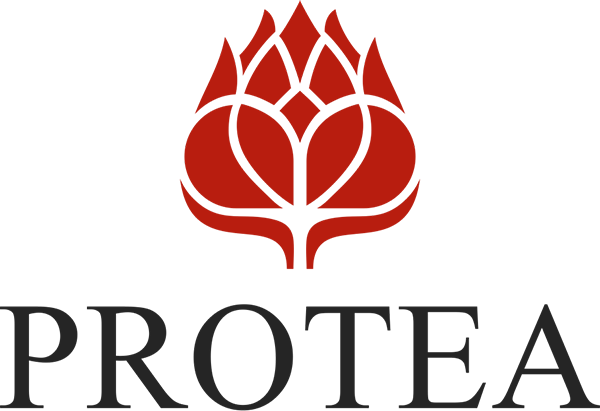What is the Program for Research, Outreach, Therapeutics, and Education in the Addictions (PROTEA)?
Mission
- innovative and collaborative research;
- education of health professionals and the community;
- enhanced care and harm reduction services for people who use substances; and
- community engagement and service.
Vision
- ensure prompt access to competent and compassionate preventive care and treatment for people who use;
- Maximize health and well-being for people who use and minimize substance-related harms for them and their communities; and
- eliminate unjust and stigmatizing practices and policies.
What is PROTEA?
The Protea Flower
PROTEA not only serves as an acronym for the Program for Research, Outreach, Therapeutics, and Education in the Addictions, it’s also a flower symbolizing transformation and courage. It was chosen as a logo to represent the relationship of individual, family, and community struggles in the setting of substance misuse and addiction. Enhancing individual lives and communities where substance use is having negative impact requires courage, often involving dramatic shifts in perceptions, social network and functioning, and day-to-day habitual behaviors to achieve positive change.
Protea in Nature
The King Protea is the national flower of South Africa and tends to grow best in harsh climates. Many species of Protea require the dramatic changes brought by fire for germination and regrowth.
Protea in Greek Mythology
Protea comes from the root “Proteus,” the Greek god who was the son of Poseidon. From Encyclopedia Britannica: “Proteus knew all things—past, present, and future—but disliked divulging what he knew. Those who wished to consult him had first to surprise and bind him during his noonday slumber. Even when caught he would try to escape by assuming all sorts of shapes. But if his captor held him fast, the god at last returned to his proper shape, gave the wished-for answer, and plunged into the sea. Because Proteus could assume whatever shape he pleased, he came to be regarded by some as a symbol of the original matter from which the world was created.”
Proteus also is symbolic of the soul. During the Renaissance, the myth of Proteus was one of the most popular tales bespeaking the ambiguous nature and many visages of the soul.

Contact Us
Megan Ringo
Program Manager
Email: Contact »
Program Office
PROTEA
UW Dept. of Family Medicine
610 N Whitney Way, STE 200
Madison, WI 53705-2700
